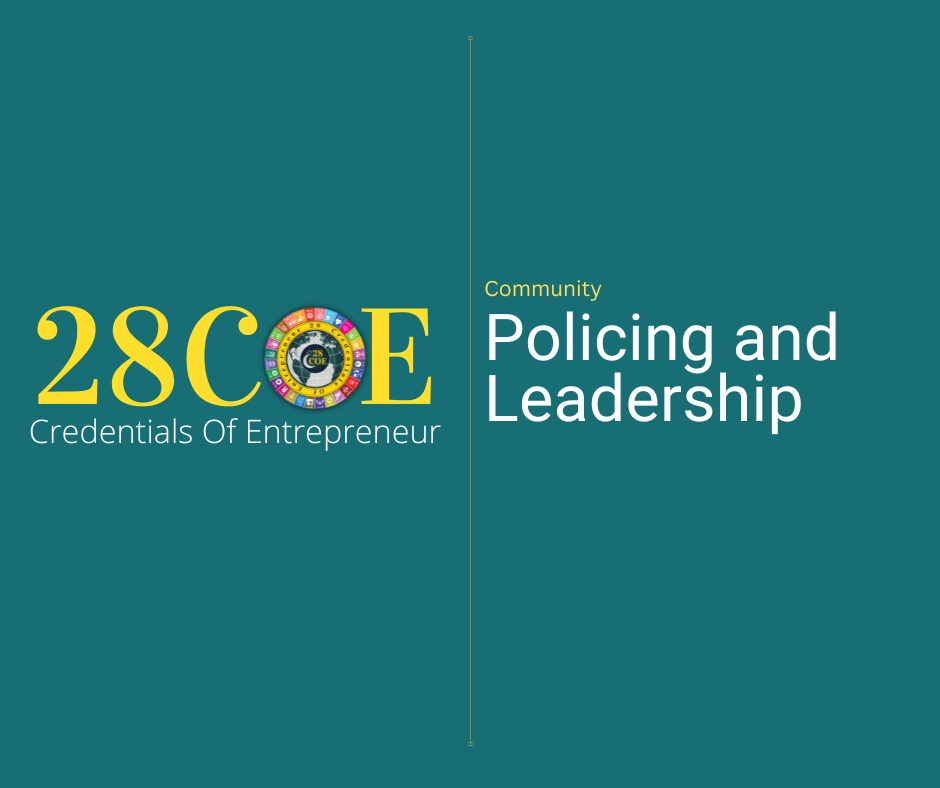Community policing is more than just a law enforcement strategy; it’s a philosophy that places community engagement and partnership at its core. At the heart of this philosophy is the essential role of leadership. In this blog, we’ll explore how community policing and effective leadership are intertwined, and how they work together to create safer and more resilient neighborhoods.
Understanding Community Policing
Community policing is a proactive approach to public safety that emphasizes building positive relationships between law enforcement and the communities they serve. Instead of relying solely on reactive measures, such as arrests and citations, community policing seeks to prevent crime by addressing its root causes.
Key principles of community policing include:
- Community Engagement: Police officers actively interact with community members to understand their concerns and needs.
- Problem-Solving: Law enforcement works collaboratively with community members to identify and solve local problems contributing to crime.
- Decentralization: Community policing often involves decentralizing decision-making to allow local officers to tailor their efforts to the specific needs of their communities.
- Preventive Measures: The focus is on preventing crime and disorder rather than solely responding to incidents.
The Role of Leadership in Community Policing
Leadership is crucial for the successful implementation of community policing. Effective leaders within law enforcement agencies inspire, guide, and facilitate the transition from traditional policing to community-oriented practices. Here’s how leadership contributes to the success of community policing:
- Vision and Mission: Strong leaders set a clear vision and mission for their agencies, emphasizing community engagement and problem-solving as top priorities.
- Training and Education: They ensure that officers receive proper training in community policing techniques and that they understand the philosophy behind it.
- Resource Allocation: Leaders allocate resources strategically to support community policing initiatives, including personnel, technology, and community outreach programs.
- Accountability: They hold officers accountable for building positive relationships with the community and for actively participating in problem-solving efforts.
- Cultural Shift: Leadership fosters a cultural shift within the agency, emphasizing the importance of partnership, empathy, and collaboration with the community.
Challenges and Future Directions
While community policing has proven effective in many communities, it is not without its challenges. These can include resistance to change within police departments, budget constraints, and the need for sustained community engagement.
However, the future of community policing looks promising as more agencies recognize its benefits. Effective leadership will continue to play a pivotal role in advancing this philosophy. As communities and law enforcement work together, they can build safer neighborhoods where trust, collaboration, and problem-solving are the norm.
Conclusion
Community policing and leadership are intertwined forces that have the potential to transform neighborhoods for the better. By prioritizing community engagement, problem-solving, and prevention, law enforcement agencies can foster safer, more resilient communities. Effective leadership is the driving force behind the successful implementation of community policing, and its importance cannot be overstated. As we look to the future, the partnership between law enforcement and the communities they serve holds the key to building a brighter and safer tomorrow.

